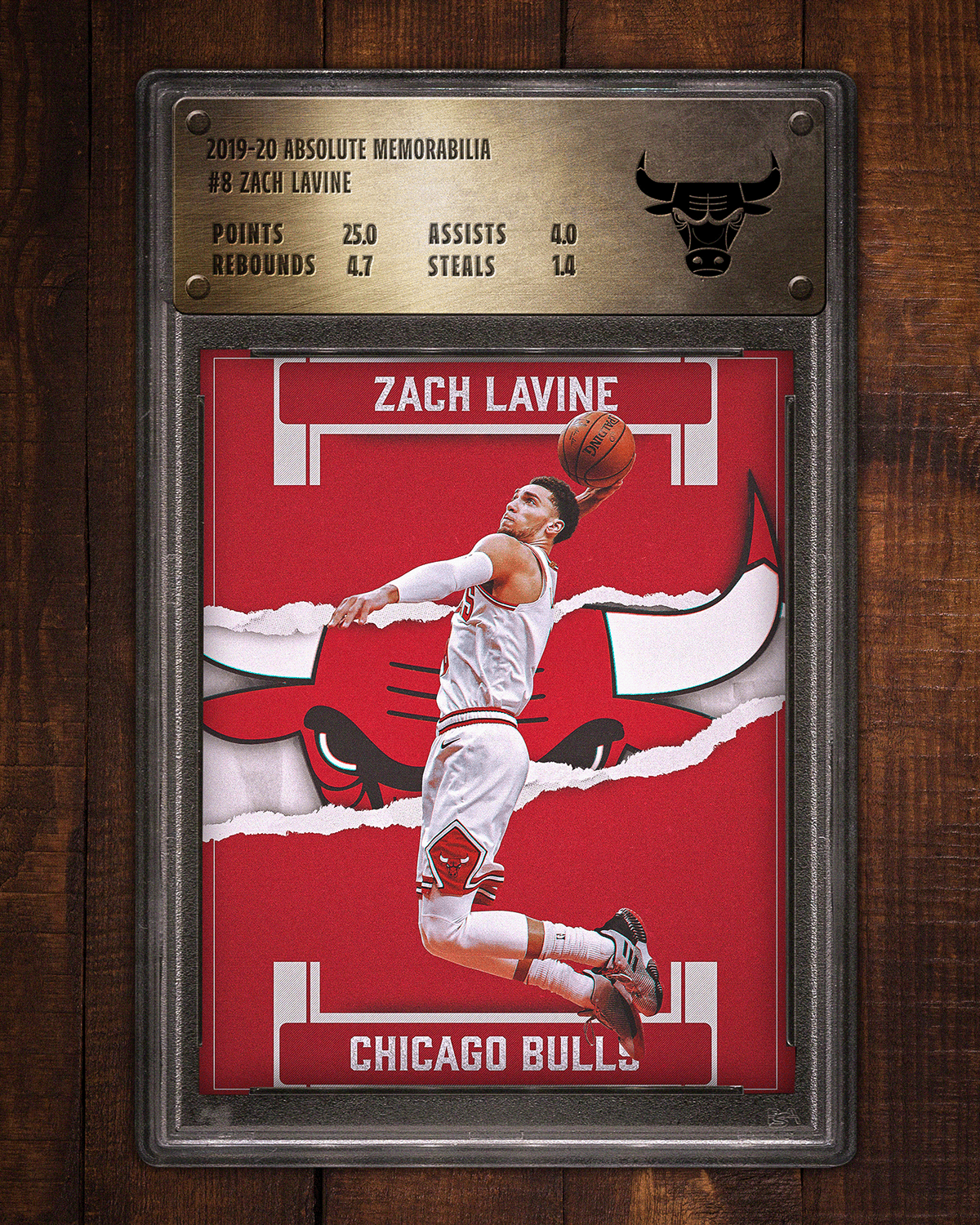

The main goal of the game is for the players to reduce each other’s Life Points to 0, either through attacking, or through using certain effects of spell or trap cards.Īnother hugely popular TCG, Magic: the Gathering is far more complicated, and thus not as popular, as Yu-Gi-Oh! Much like Yu-Gi-Oh!, the main goal of the game is to reduce the opponent’s life points to zero, however, unlike in Yu-Gi-Oh! both players start out with 20-25 (rarely more or less) life points, and the attacking monsters have attacking power which rarely exceeds the single-digits. The cards are separated into Monster Cards (used for attack and defense), Spells and Traps (used for boosting ATK, DEF, Life Points, etc.). The game is designed by Japanese gaming studio Konami, and the basic rules involve two (or rarely more) players facing off against each other with a 40-to-60-card deck.
#Trading card full
For the full report on these sites, go to the provided link.

Many don’t know that Yu-Gi-Oh! betting is actually quite a popular pastime among fans of the game, and the internationally-broadcast tournaments are a popular thing to bet on when it comes to online betting sites. Today, Yu-Gi-Oh! tournaments draw in a huge crowd, not just of players, and fans, but bettors too.

In this article, we will look at the most popular trading card games in the world right now, and talk a bit about their history.īy far, the most popular TCG (trading card game), Yu-Gi-Oh! became popular in the late 90s and early 2000s, thanks to the anime adaptation, which, while made to advertise the game, had a lot of effort and heart put into it. The Trading Card game, popularized by Pokemon cards, and Yu-Gi-Oh! has become a huge phenomenon in the gaming world today. In the late-20th century, a new kind of card game arose, based on popular franchises. have been around since the 1500s, and are still popular and played today. Games like Blackjack, Poker, Solitaire, etc. Author: WMMN Category: Articles, Date: 13th October, 2022 Many card games that we still play today have their roots in the Late-Medieval period, and early Renaissance, and quite a few have their origins in the 1600s.


 0 kommentar(er)
0 kommentar(er)
